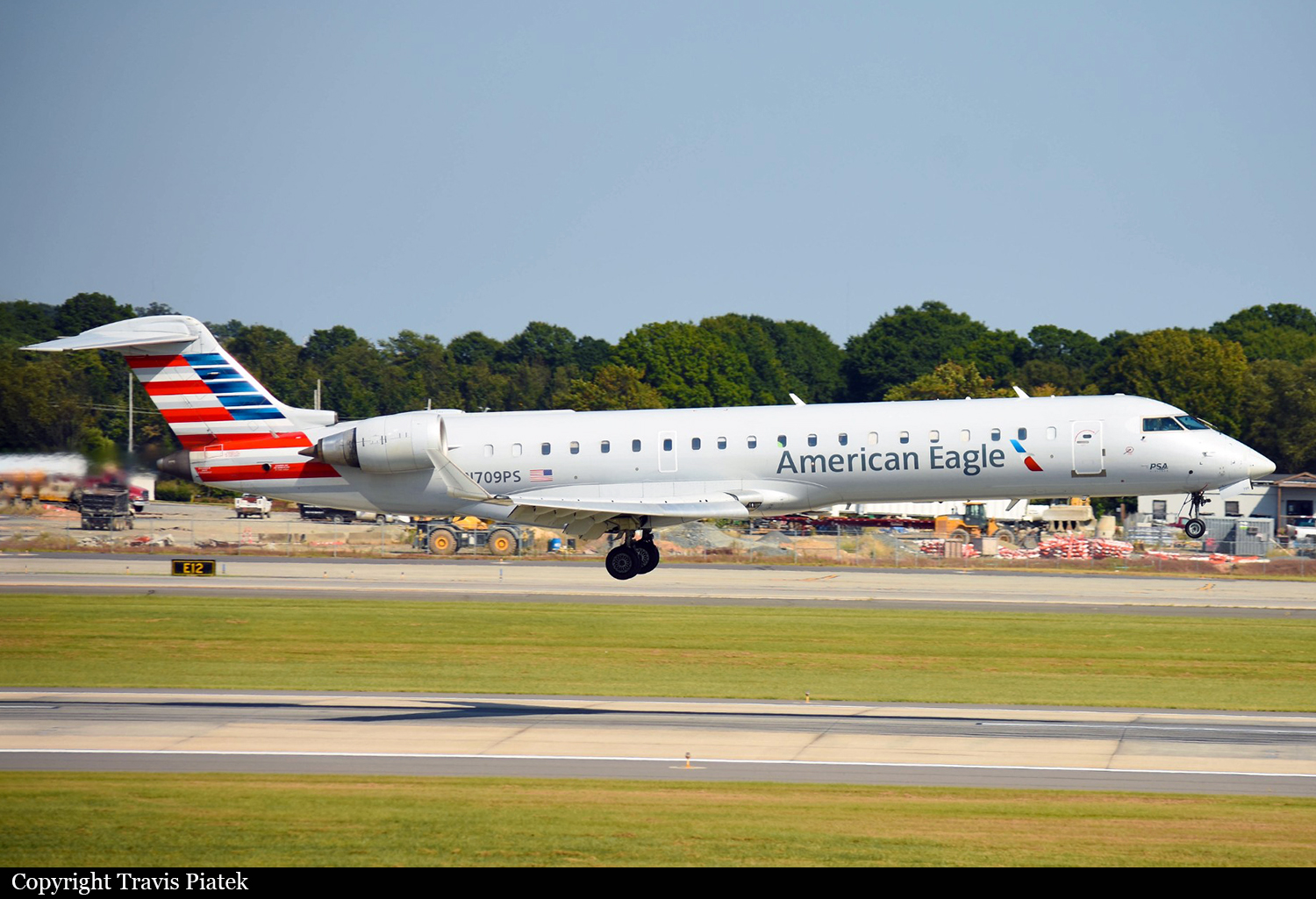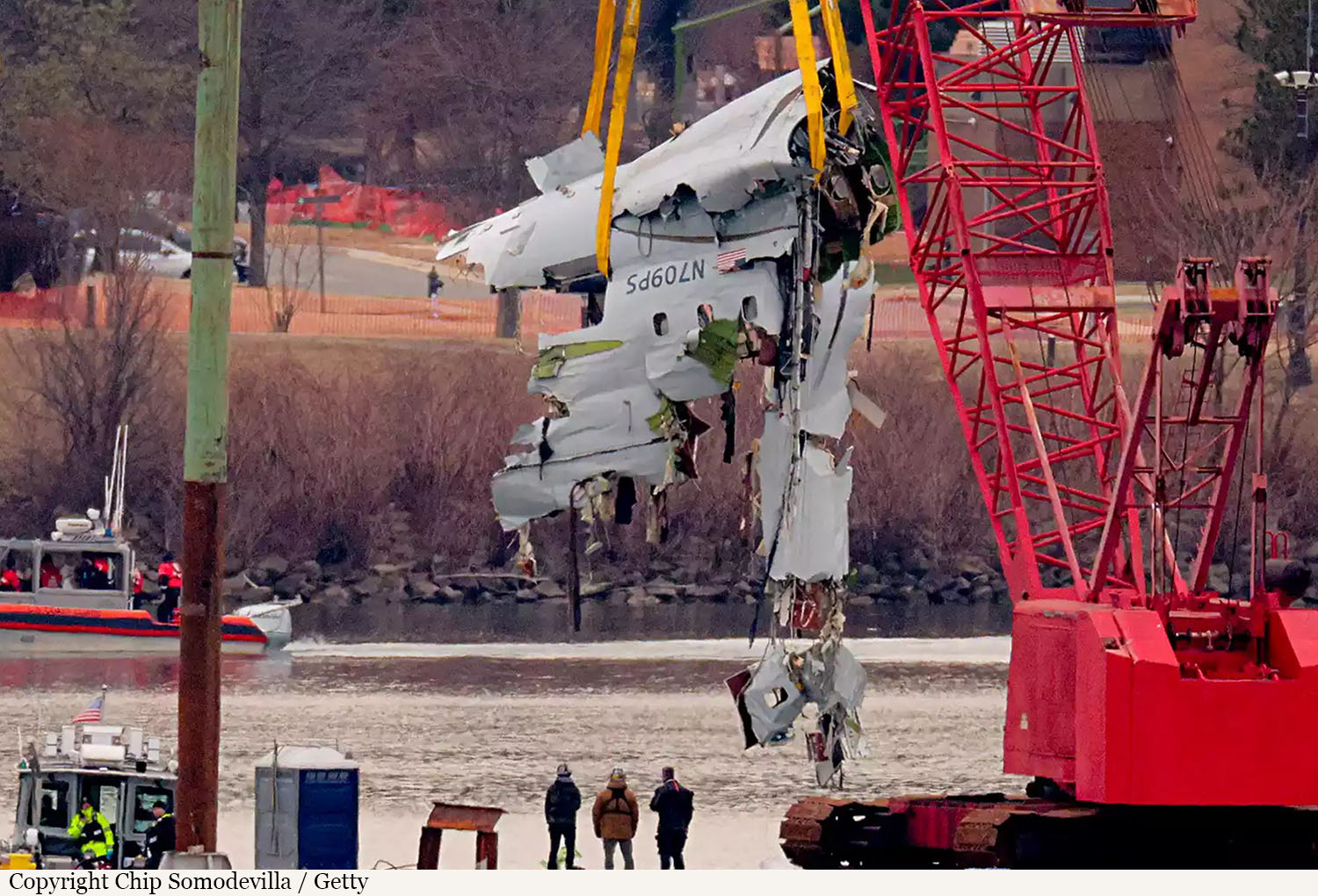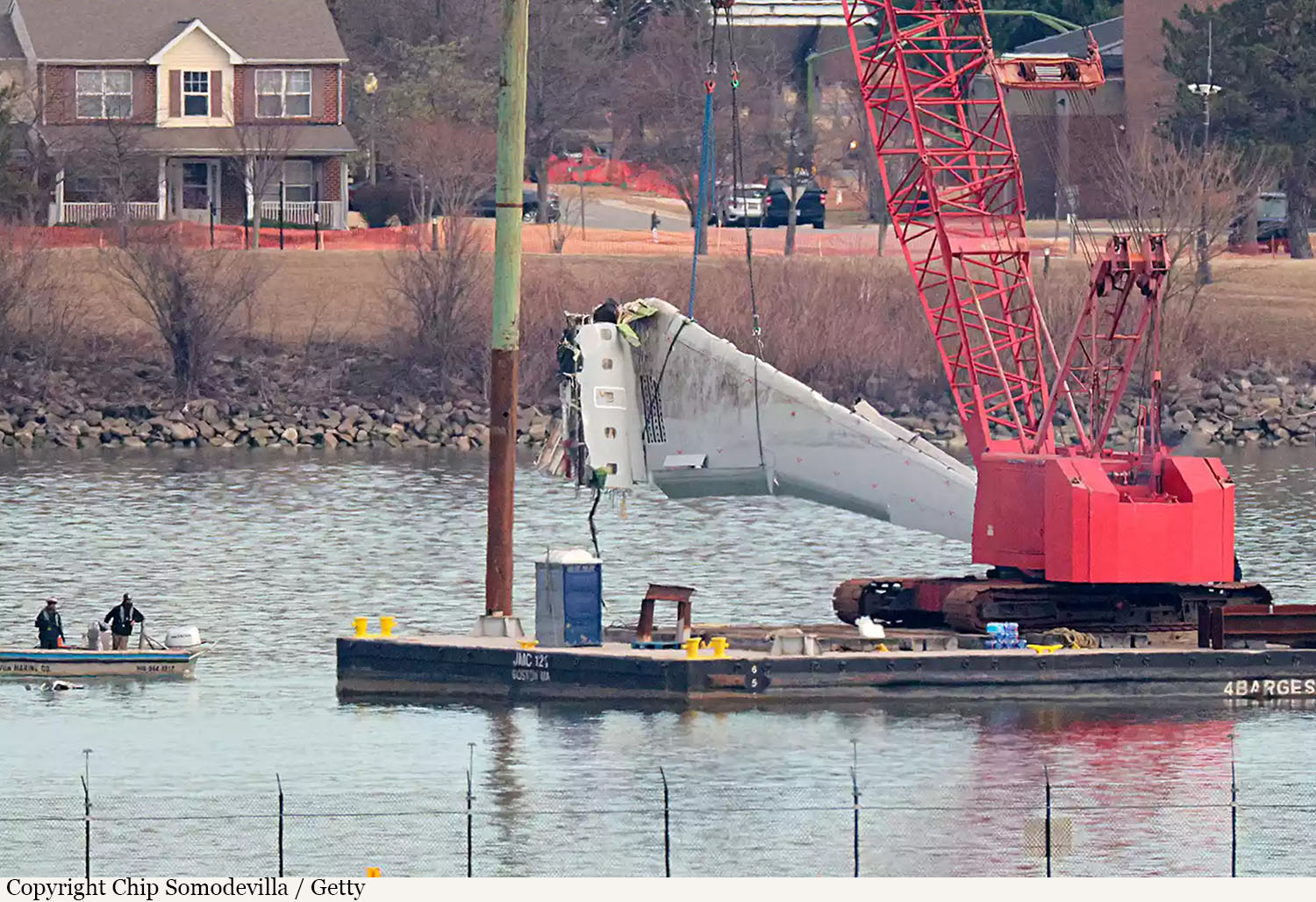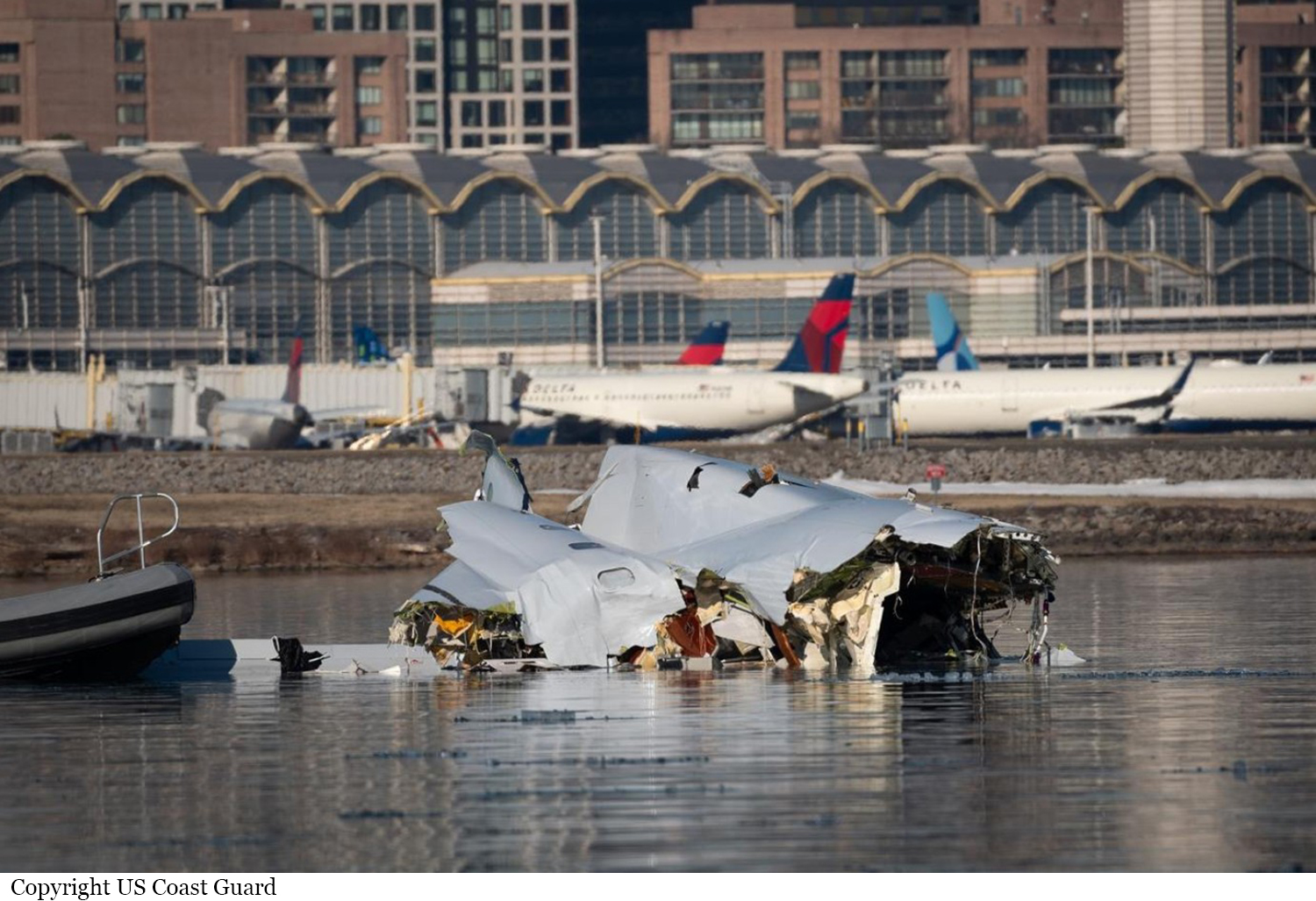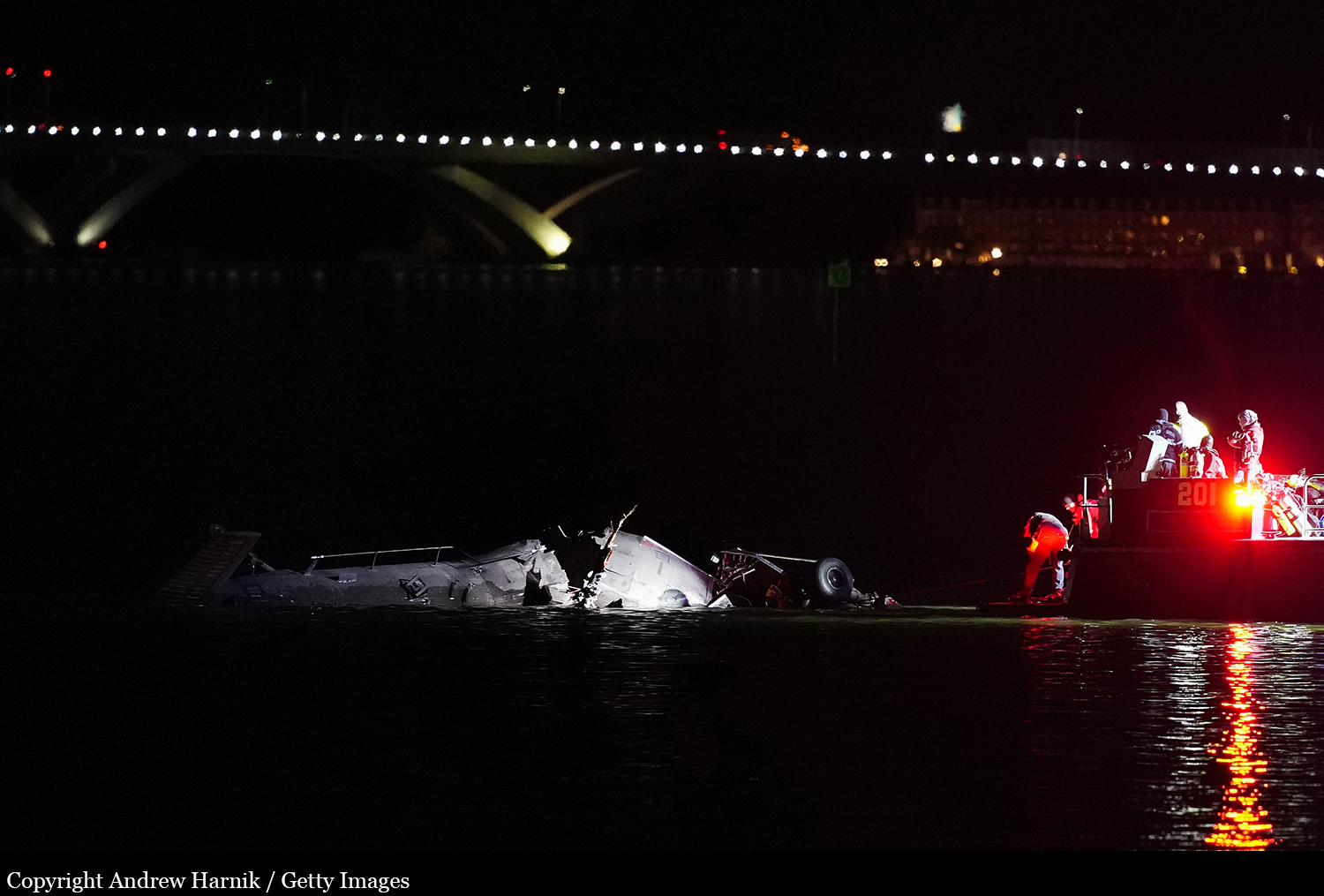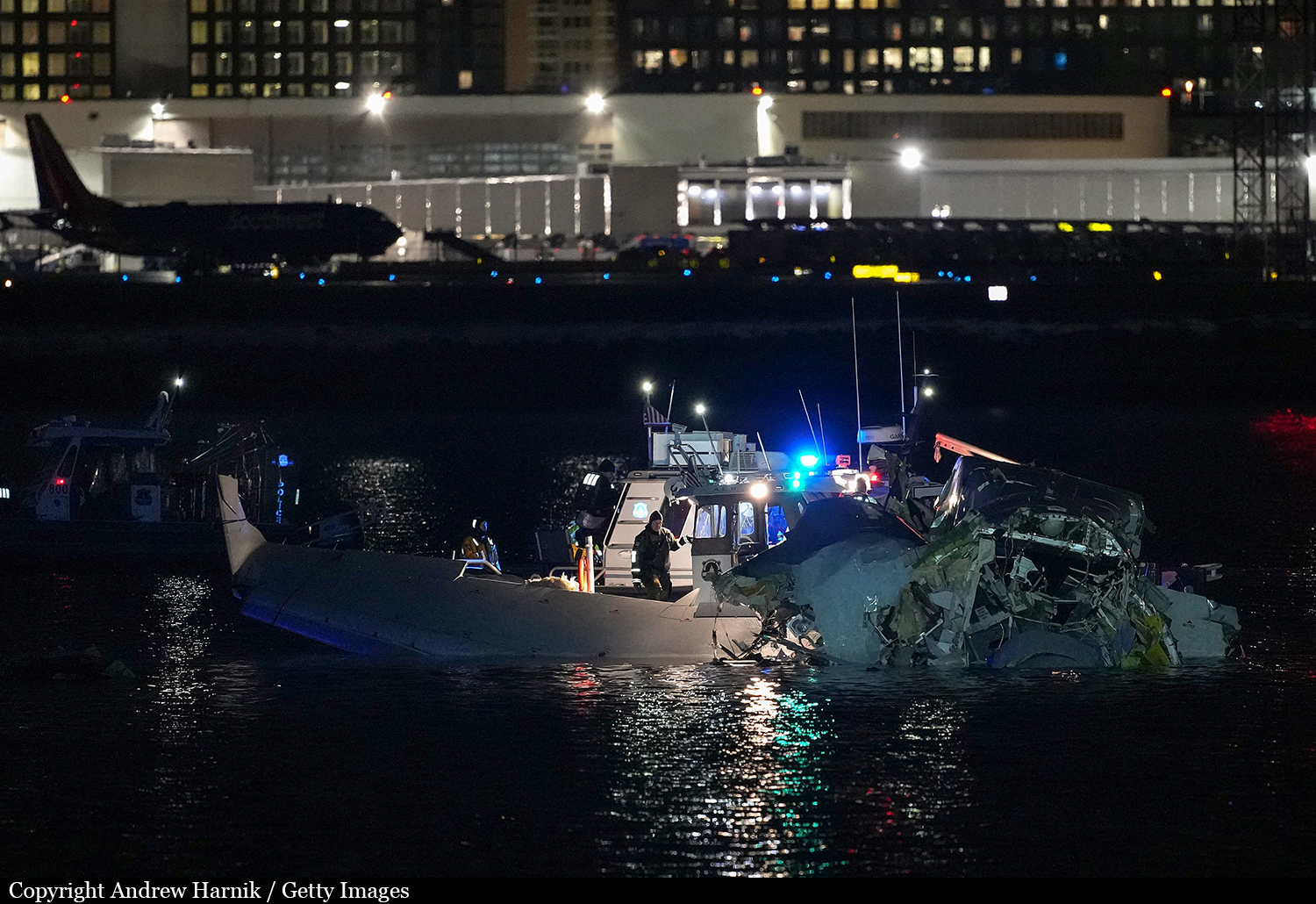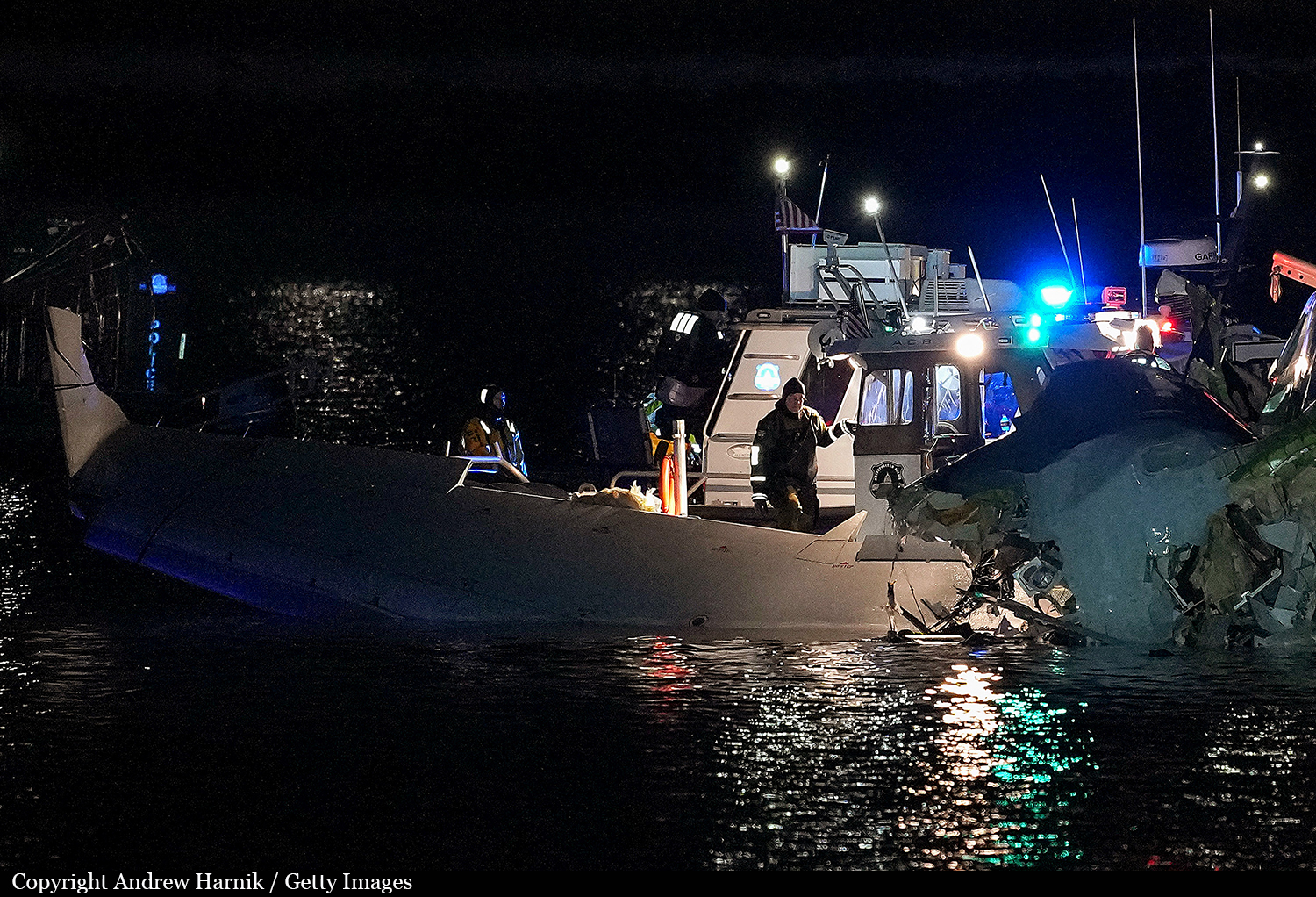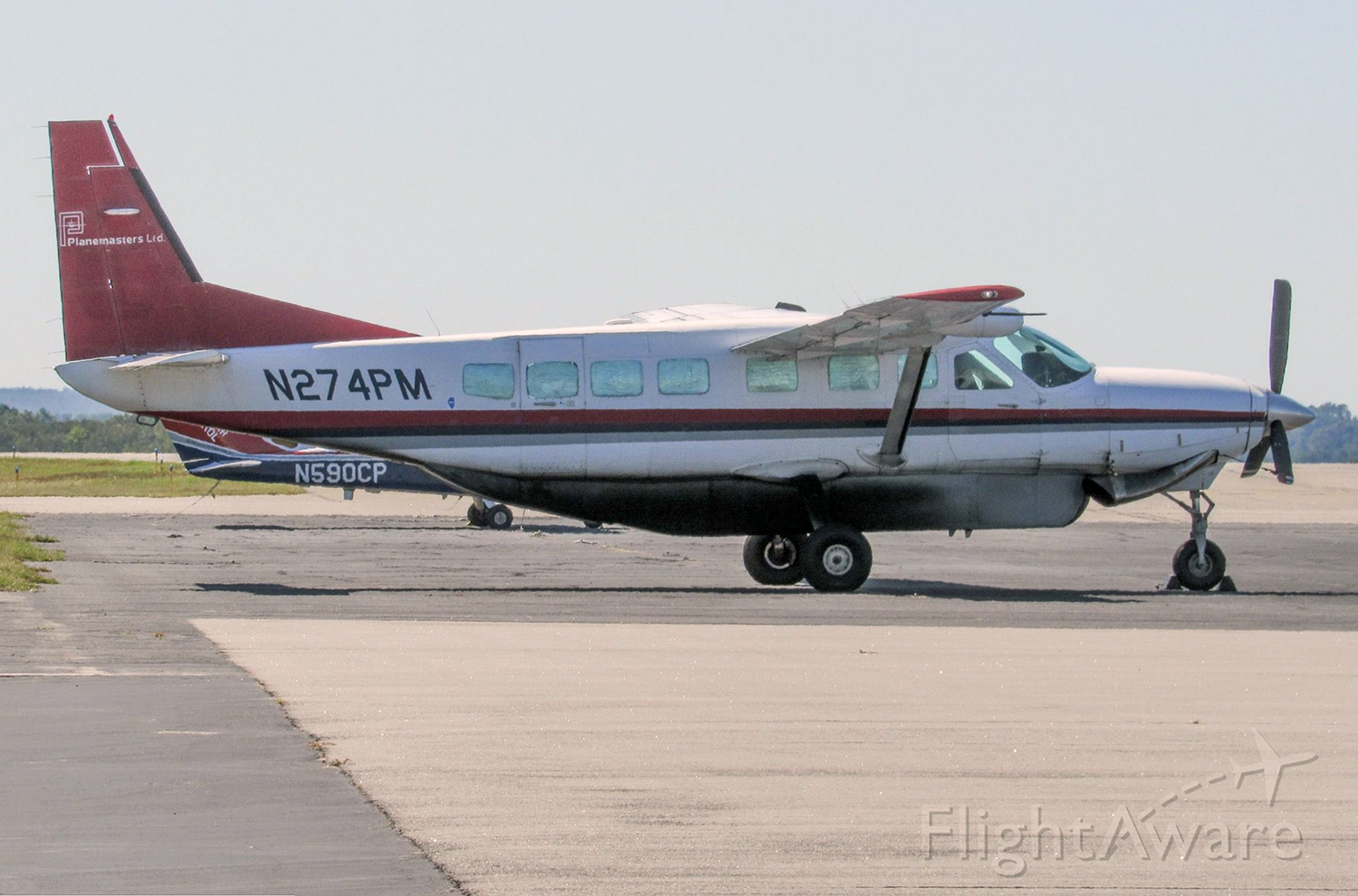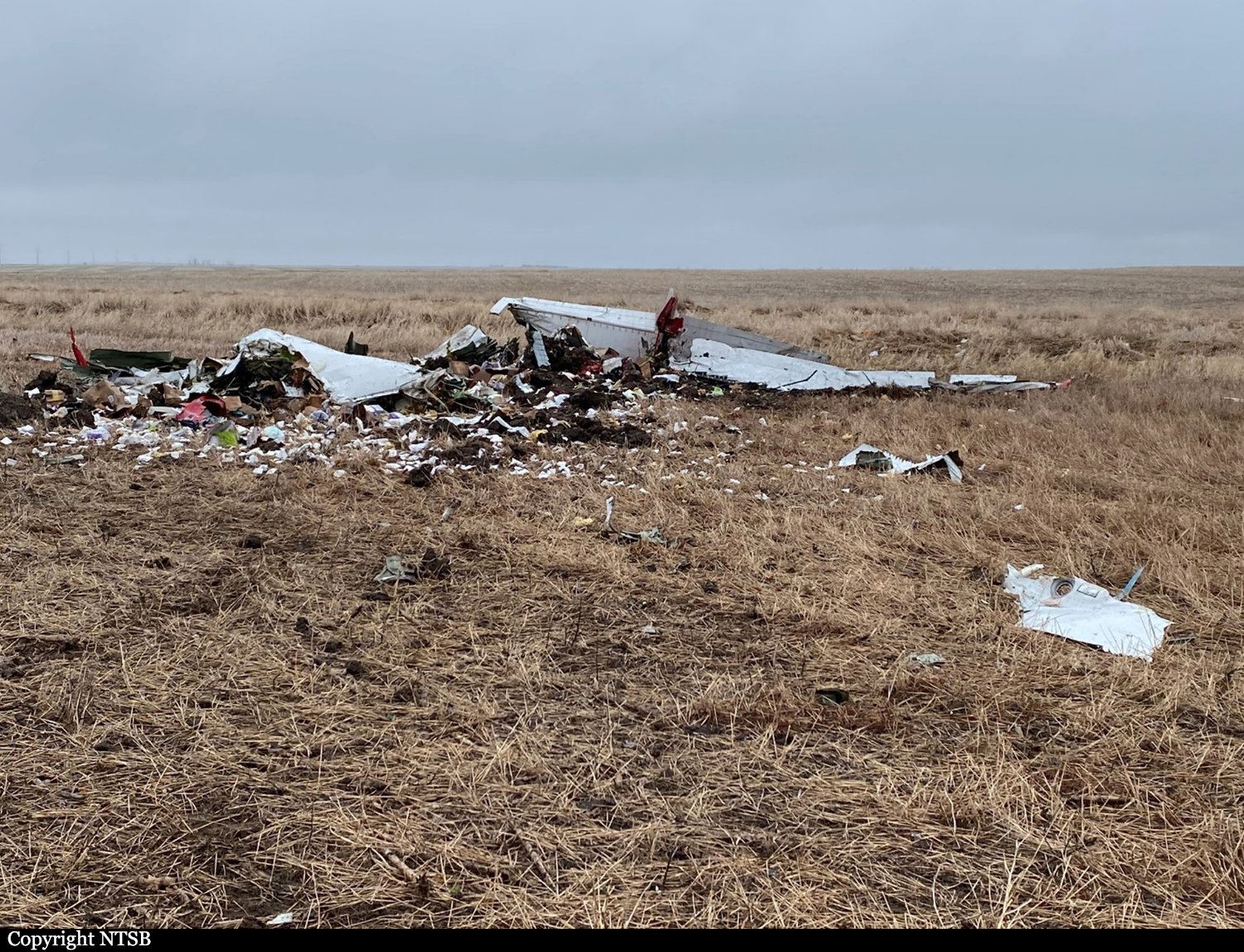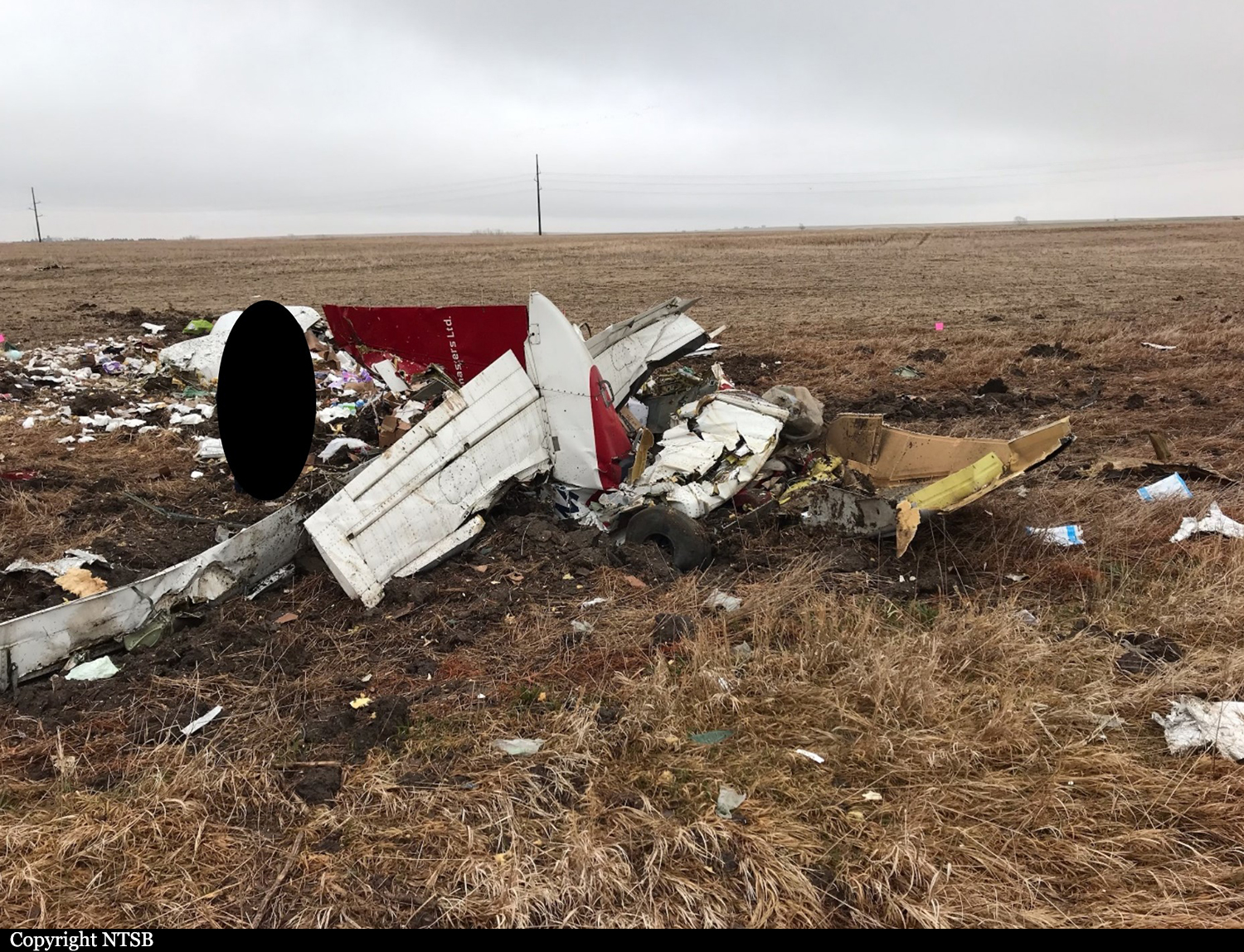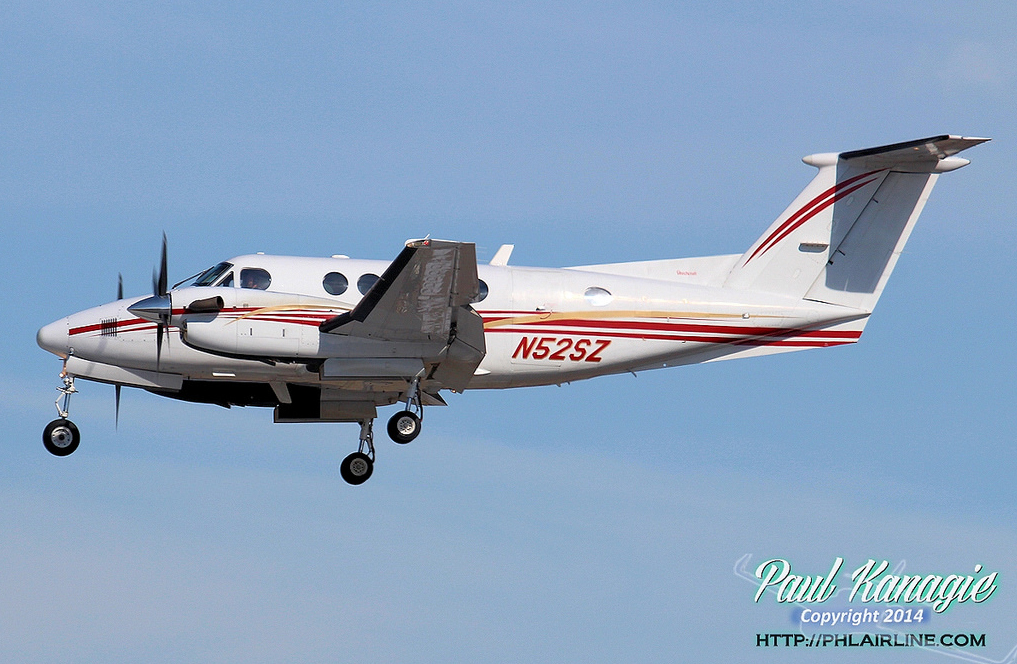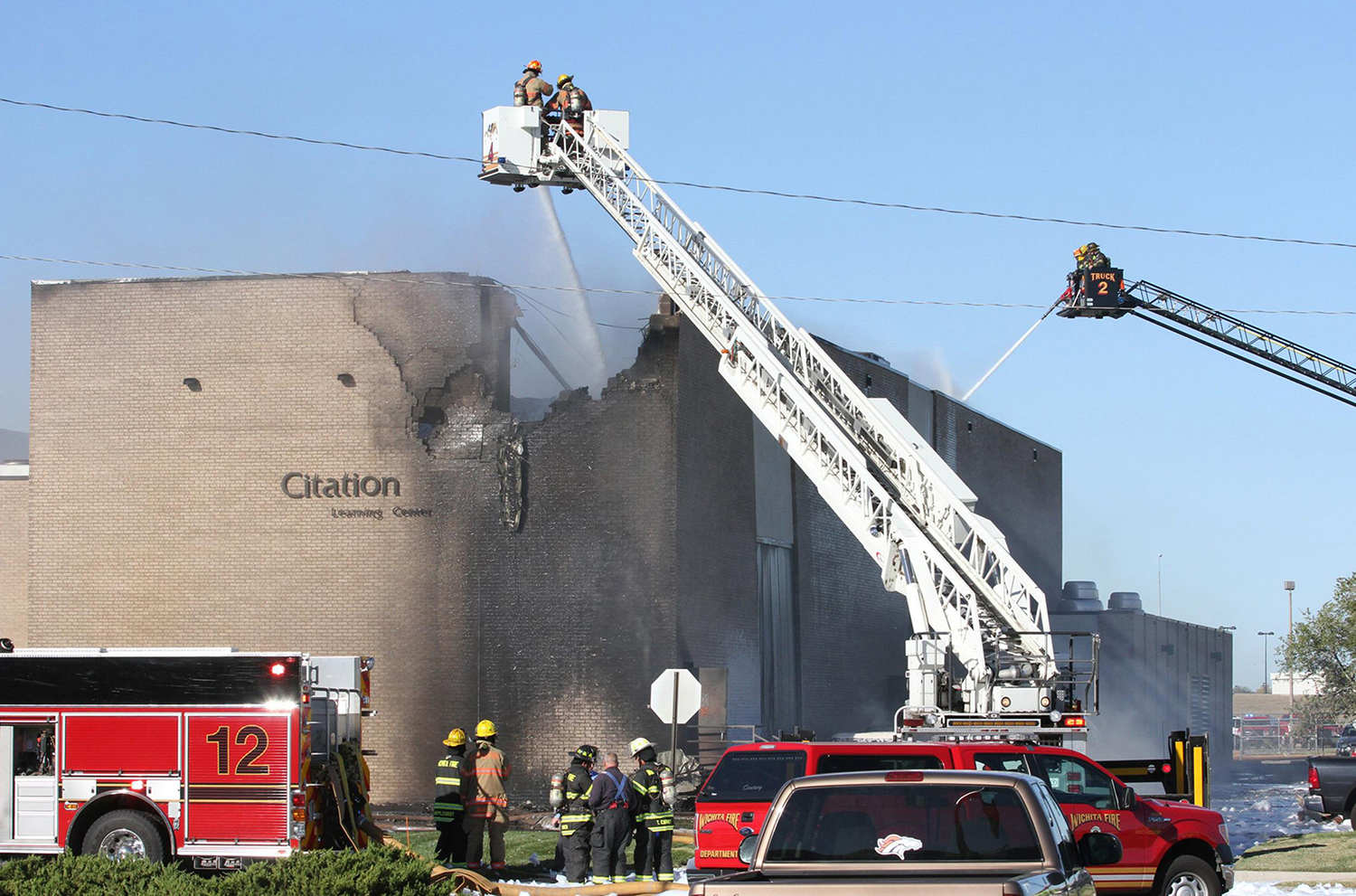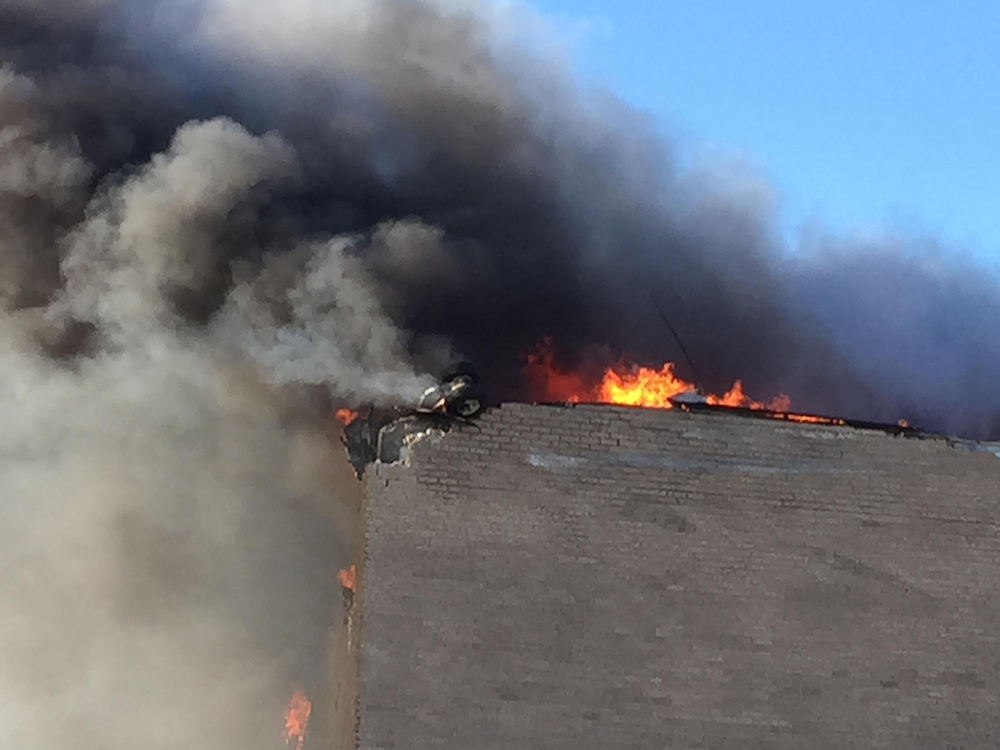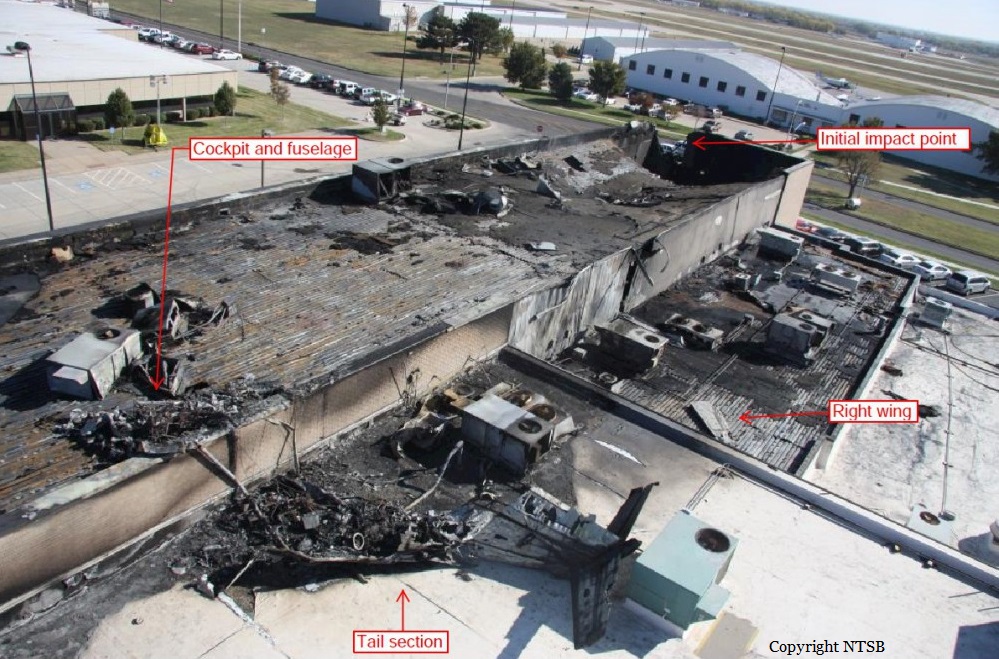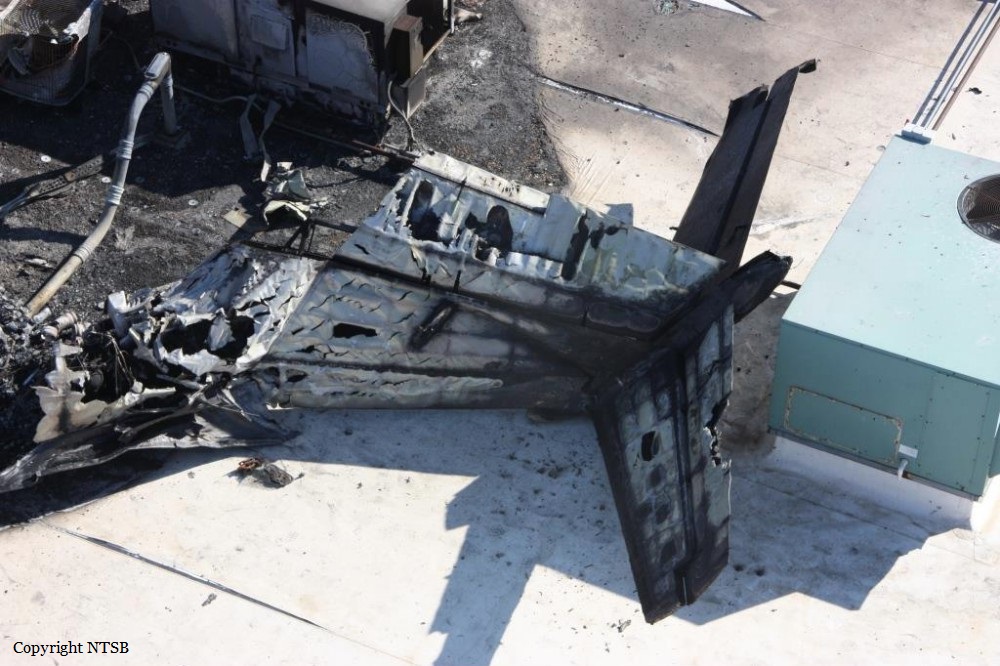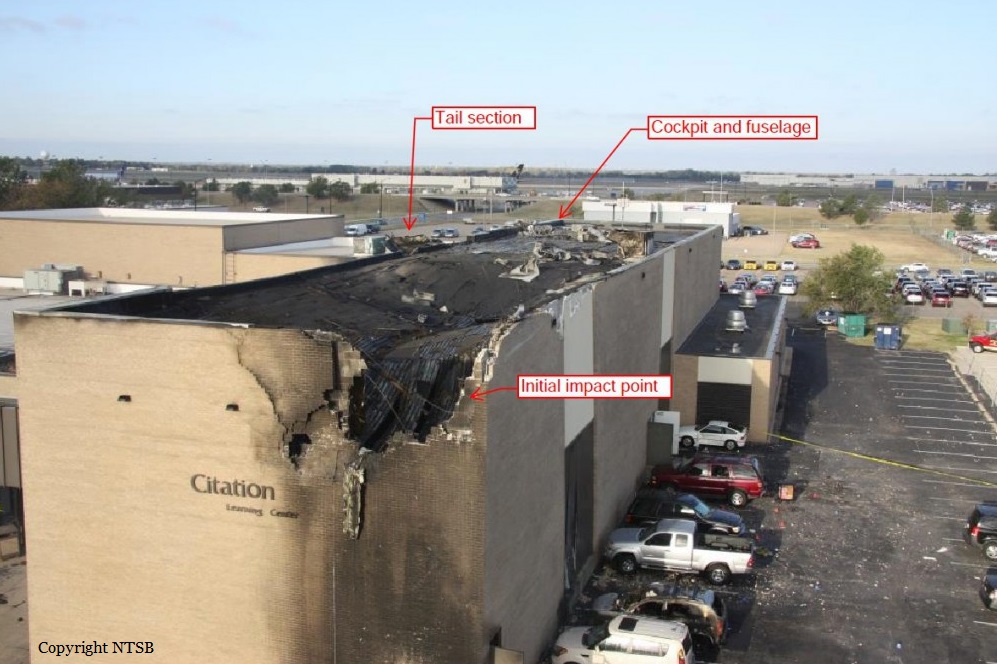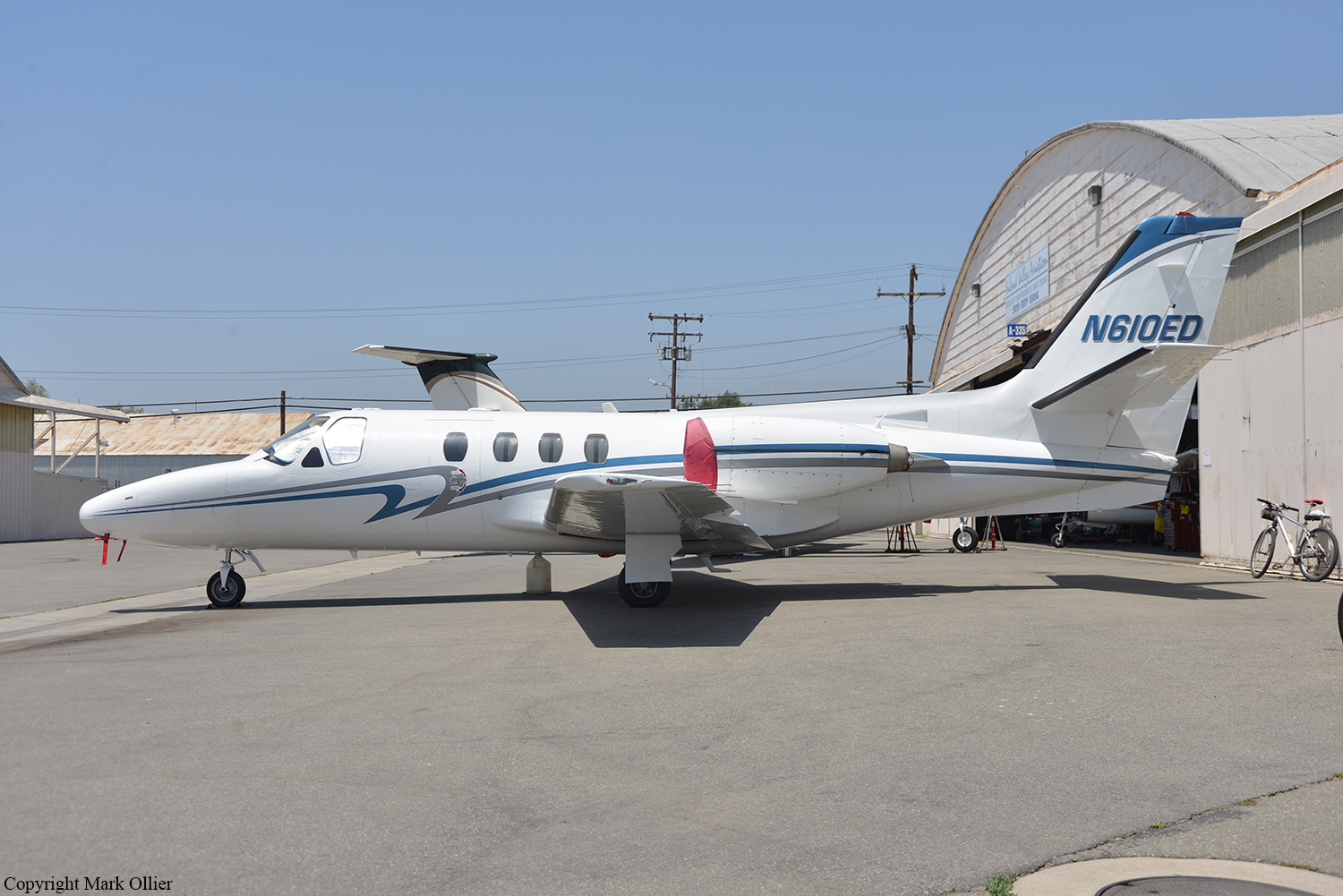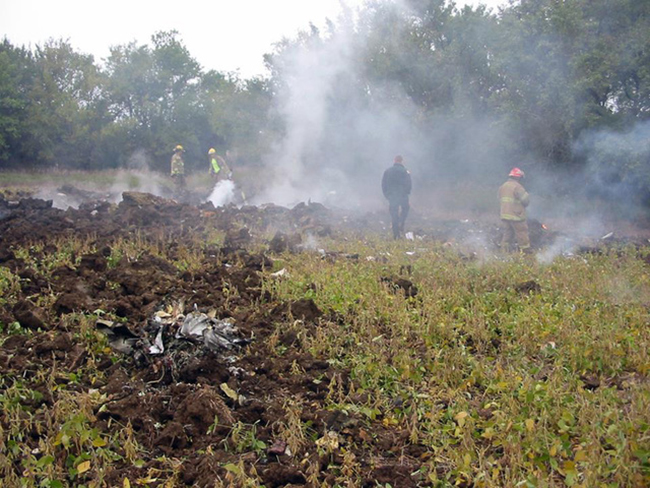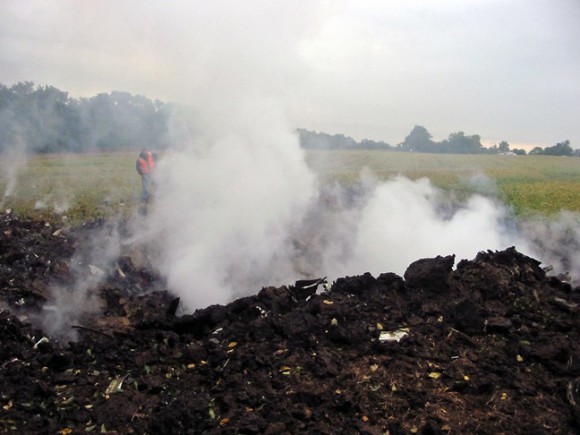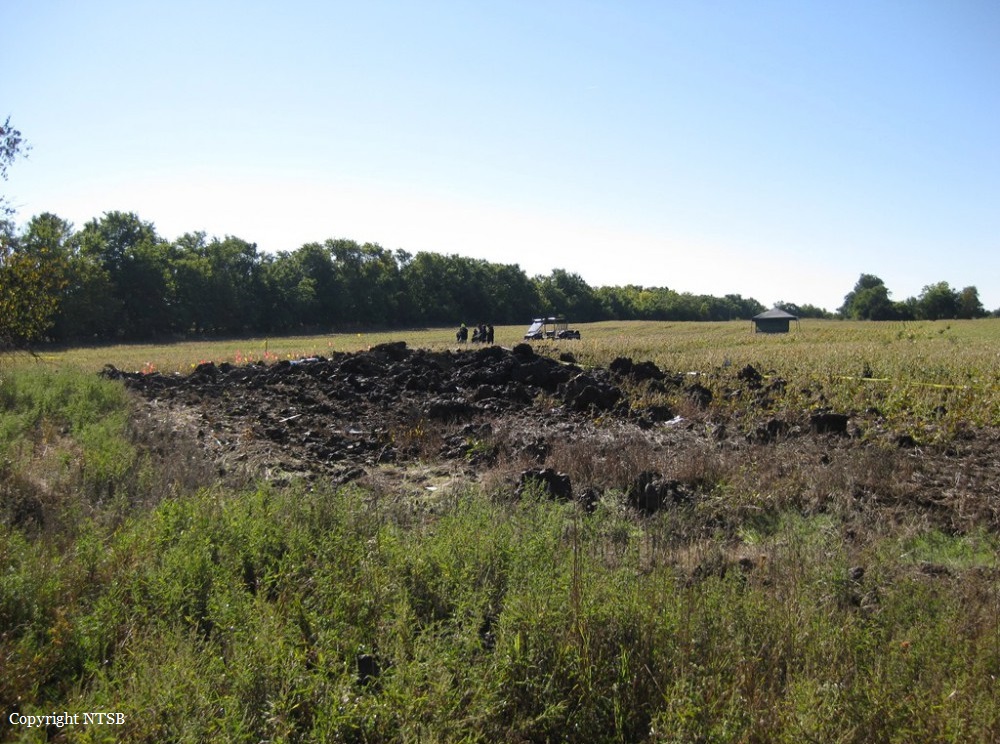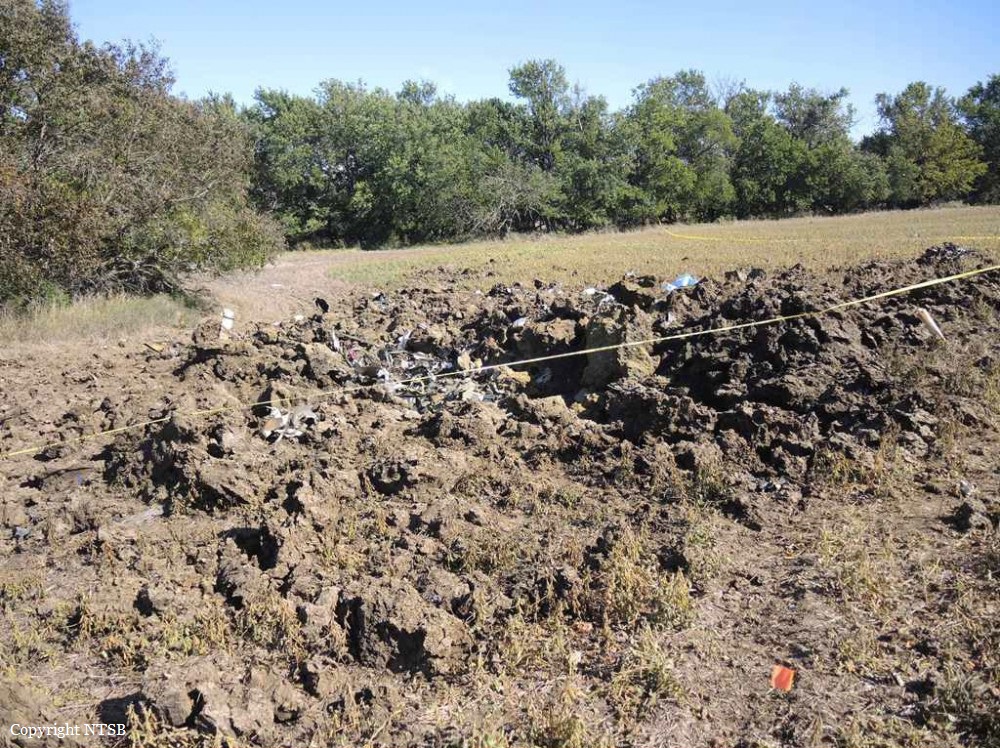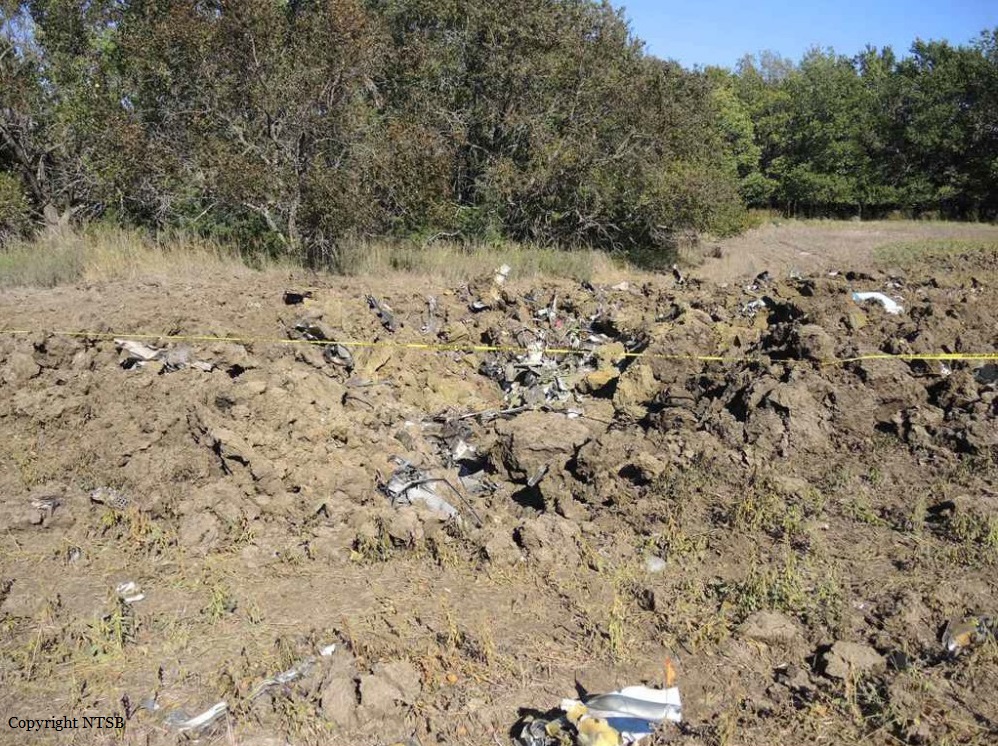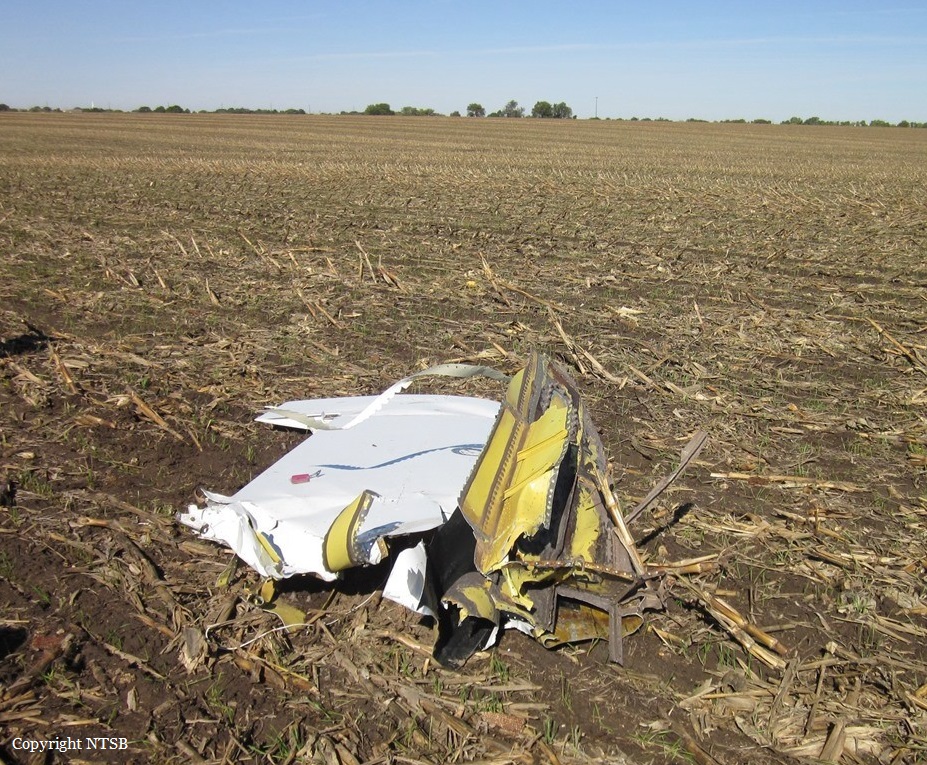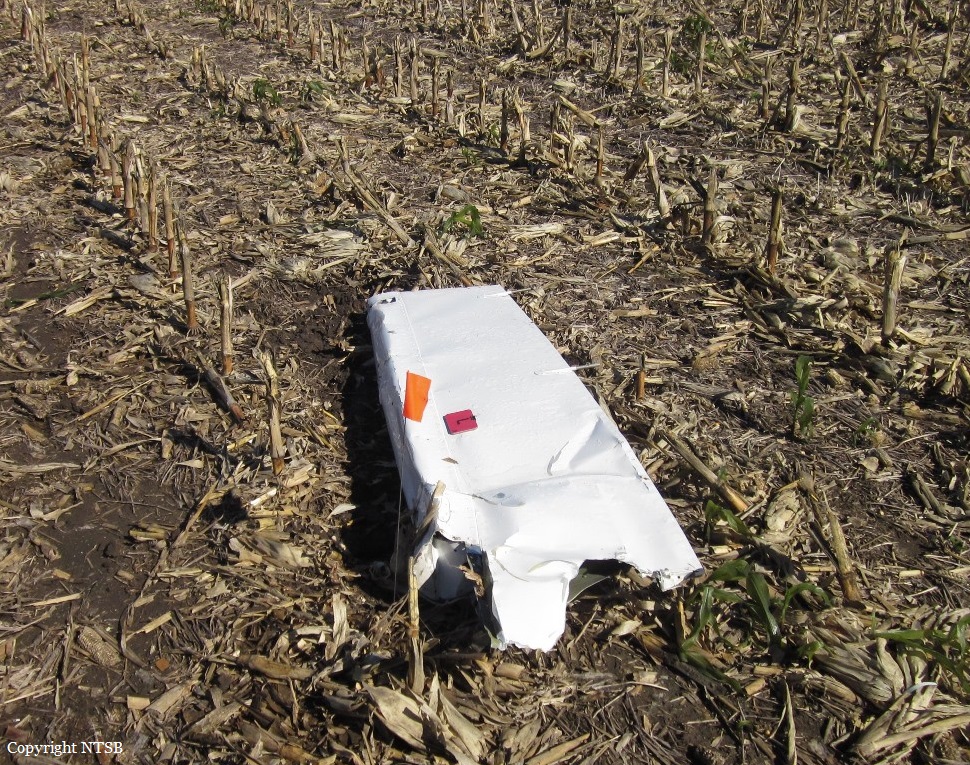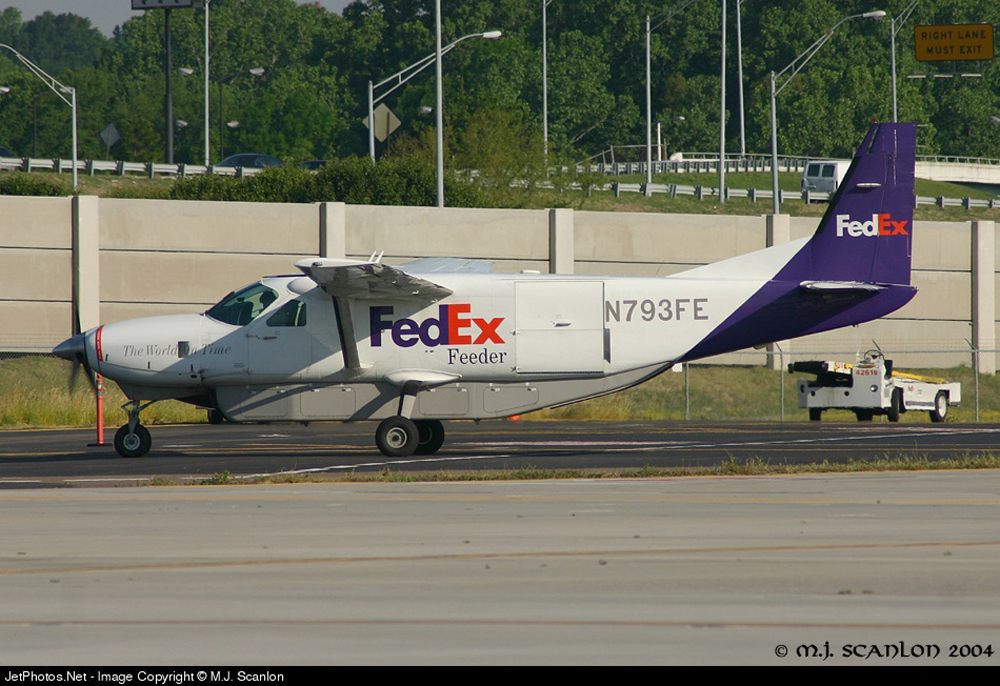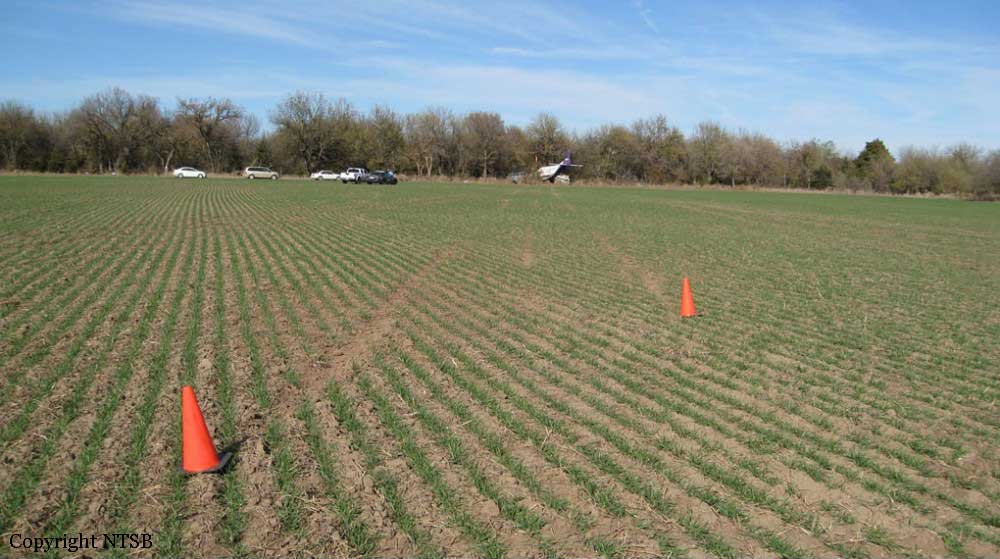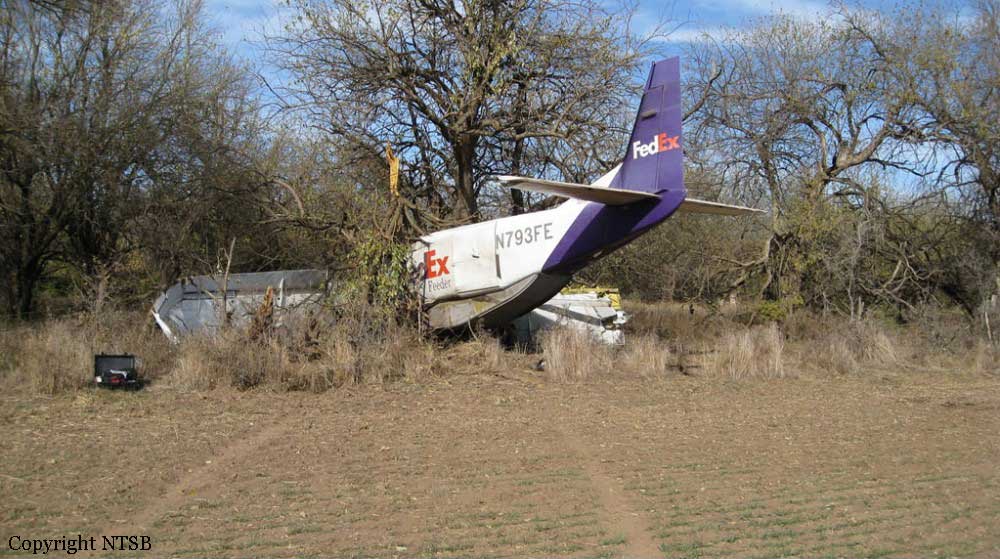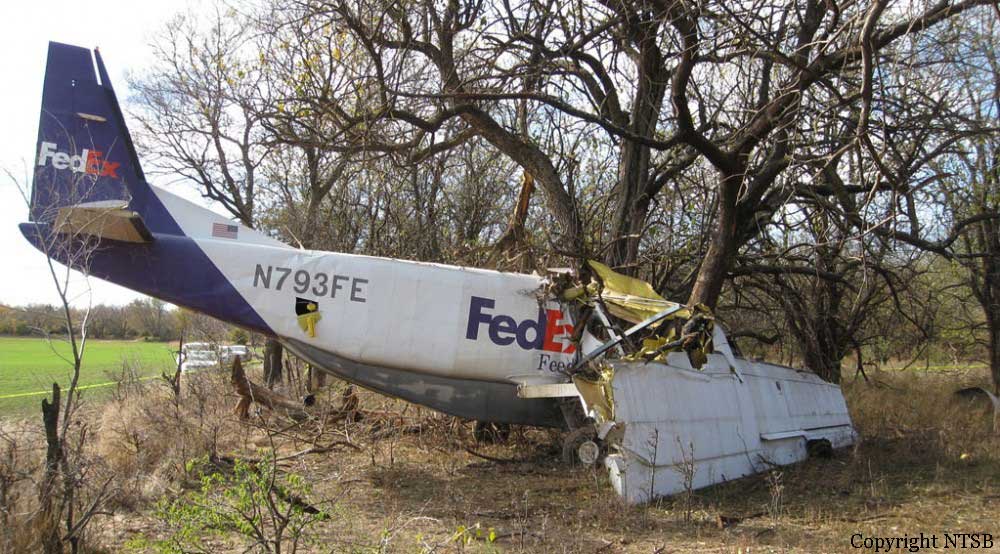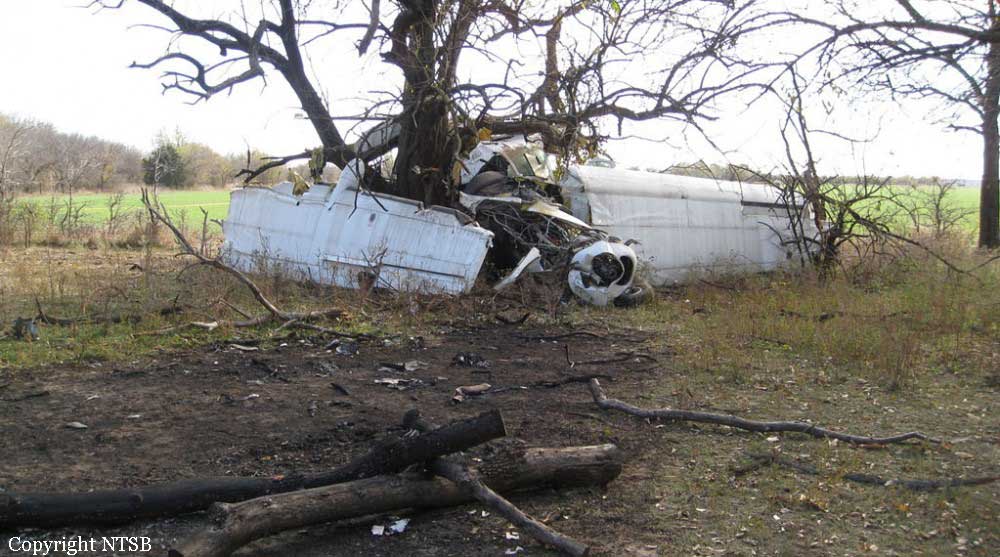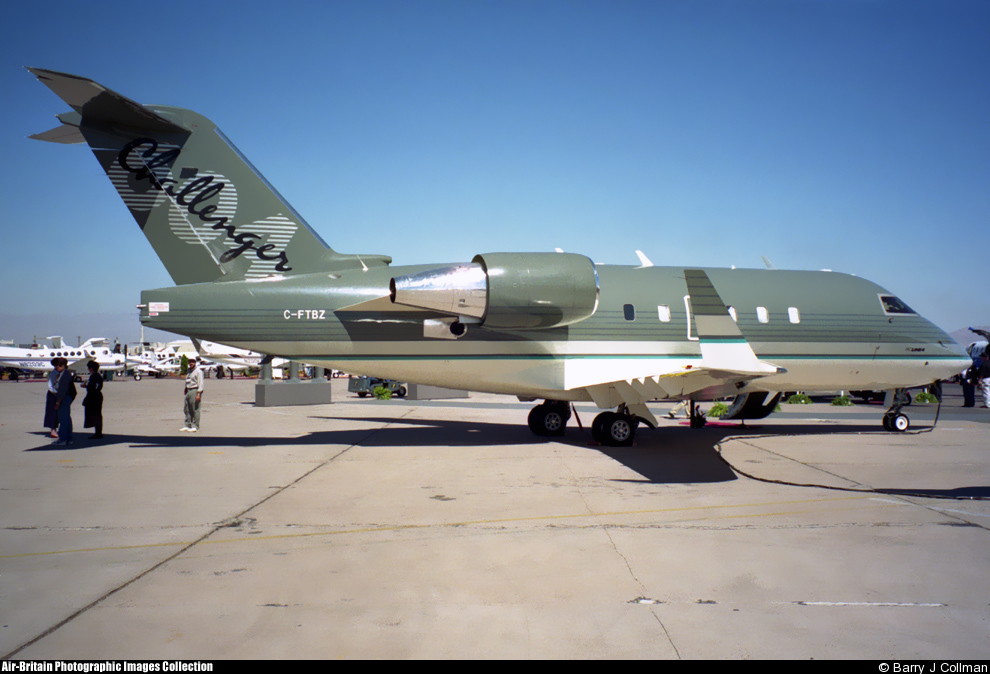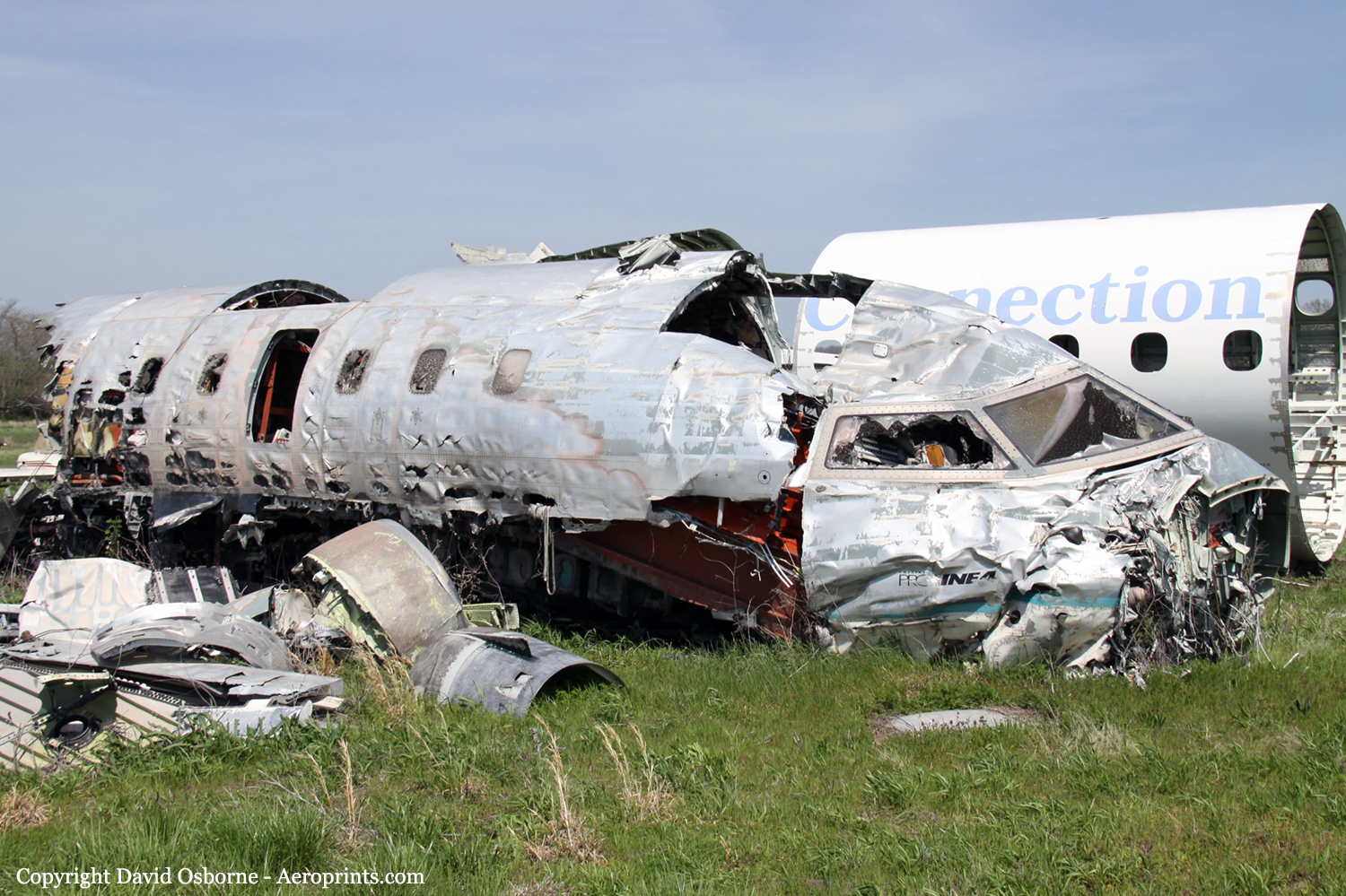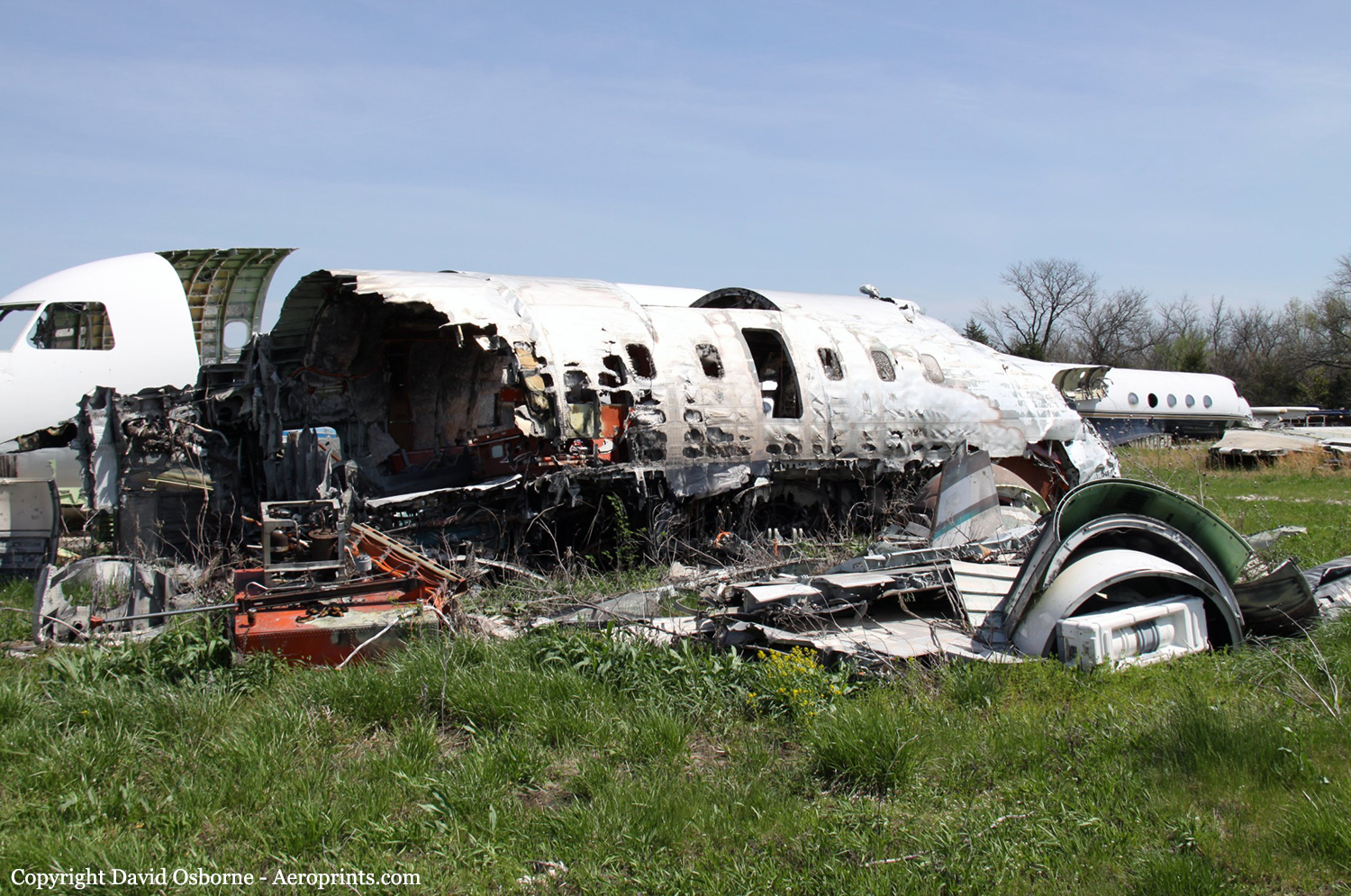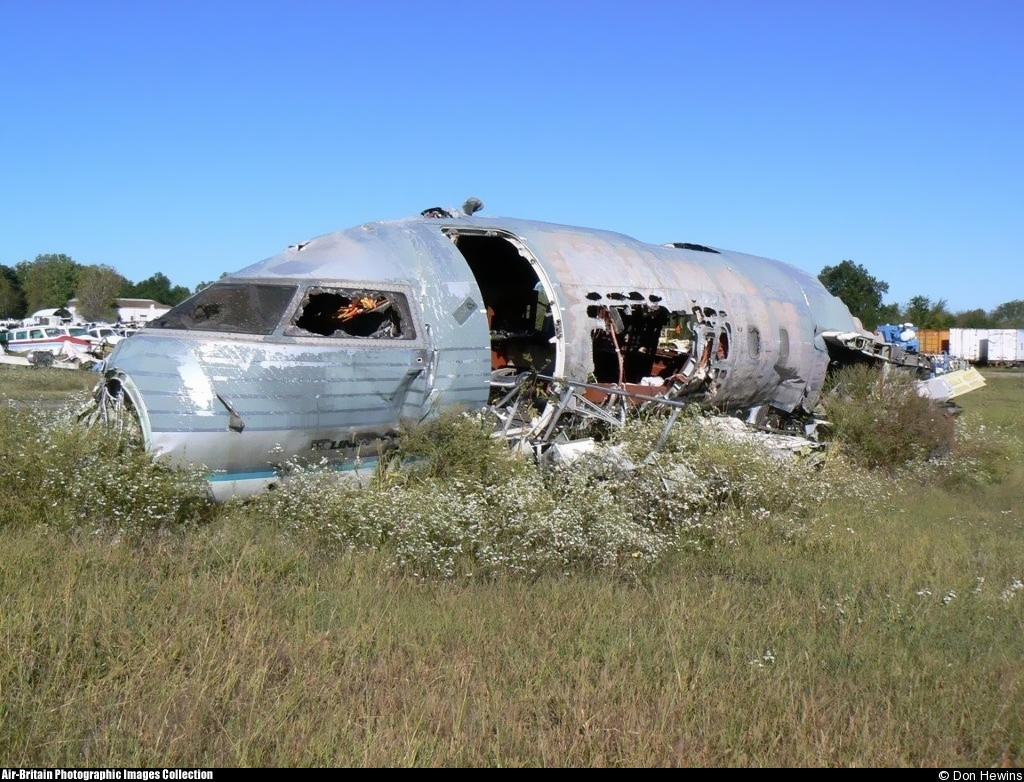Crash of a Canadair CRJ-701ER in Washington DC: 64 killed
Date & Time:
Jan 29, 2025 at 2046 LT
Registration:
N709PS
Schedule:
Wichita - Washington DC
MSN:
10165
YOM:
2004
Flight number:
AA5342
Crew on board:
4
Crew fatalities:
Pax on board:
60
Pax fatalities:
Other fatalities:
Total fatalities:
64
Circumstances:
The airplane departed Wichita-Dwight D. Eisenhower Airport at 1739LT on a schedule service (flight AA5342/JIA5342) to Washington-Ronald Reagan-National Airport, carrying 60 passengers and 4 crew members. Following an uneventful flight, the crew was cleared to start the descent from the south. On final approach to runway 33, after being cleared to land, at an estimated altitude of 350 feet, while approximately one km short of runway, the airplane collided with a US Army Sikorsky UH-60 Blackhawk registered 00-26860 and carrying three crew members. Under callsign PAT25, the helicopter was approaching Joint Base Anacostia-Bolling when the collision occurred. Both airplanes dove into the Potomac River. All 64 occupants were killed, among them two world-champion Russian figure skaters as well as 'several members' of the US figure skating community. All three occupants in the Black Hawk were also killed. First fatal accident involving a CRJ-700 and worst accident in the US since November 2001.
